It is the favorite destination in Argentina, it is located in the province of Santa Cruz on the shores of Lake Argentino. About a five hour flight from Buenos Aires. It is known as the "White City" for the variety of glaciers that can be found in its Los Glaciares National Park, where the famous Perito Moreno Glacier, Upsala, and Cerro Fitz Roy are located.
In the last twenty years,
El Calafate has transformed into a destination with endless
attractions, activities and landscapes. So that you do not miss anything we leave you in this note the places that cannot be missed in your visit:
Perito Moreno Glacier (Glaciar Perito Moreno)
It is located in the ice field of southern Patagonia, it is the third largest freshwater reserve in the world and extends through Argentina and Chile. The Perito Moreno covers 250 square kilometers, is 30 kilometers long and 5 kilometers wide.
There are several ways to get to know the
Perito Moreno, it can be on
boat trips,
trekking or through the walkways, where you will have good views to observe and take photos of the front wall. But one of the best ways to enjoy the natural beauty of this ice field is through hiking. There are two trekking routes: the
Mini Trekking and the
Big Ice Trek. The first lasts 2 hours, while the Big Ice Trek is 4 hours. There is also the
Big Ice option for a 1 and a half hour walk. In all the formers lasts only a couple of hours, while the Big Ice Trek lasts around 4 hours. In both you have the technical equipment included, as well as the transfers from El Calafate to Los Glaciares National Park, which is located an hour and a half from the city.
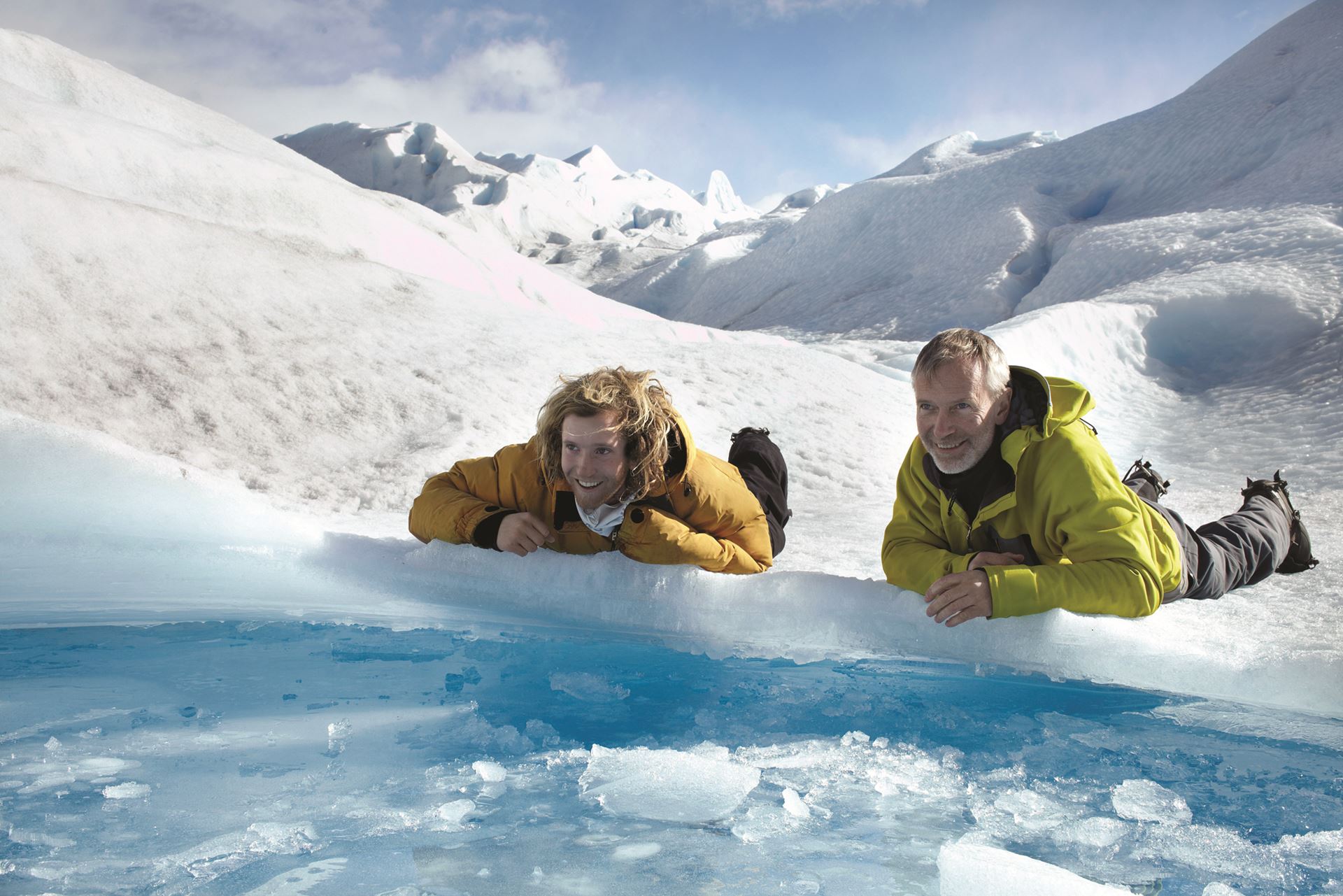
Another option and for many the one that gives the best views of the Perito Moreno is the
Nautical Safari. It is a navigation near the walls of the glacier (some reach 74 meters) that allows you to observe its immensity and feel the continuous detachments of the ice sheets. Just a few meters from the glacier, the boat stops for a few minutes so you can observe the landscape and take incredible photos!
Los Glaciares National Park (Parque Nacional los Glaciares)
It is located in the region known as the Southern Andes, southwest of the province of Santa Cruz on the border with Chile. Due to its imposing natural beauty, it was declared a World Heritage Site by UNESCO in 1981. In the National Park you will be able to see an incredible scenery of mountains, lakes and forests, including a large portion of the Andes Mountains that are practically covered with ice and snow.
Its name is due to the presence of numerous glaciers, it is the largest ice sheet in the world after Antarctica! It is also known as Continental Patagonian Ice, it feeds 47 large glaciers, of which 13 descend towards the Atlantic basin. In addition, there are more than 200 smaller glaciers, independent of the Patagonian Ice Field.
Although the great masses of ice are usually found on our planet at more than 2500 meters above sea level (masl), the glaciers of the province of Santa Cruz have their origin at only 1500 masl of altitude and descend to 200 masl, allowing a unique access and visualization in the world.
As a result of the thawing of this immense system, two great lakes originate: the Argentino Lake and the Viedma Lake, which pour their waters into the Atlantic Ocean crossing the entire province through the Santa Cruz River.
Trekking on ice, sailing, hiking, climbing, fishing, are some of the options offered by the Park and allow you to know places such as:
-Glaciares Perito Moreno, Upsala and Spegazzini.
-Lake Roca.
-Zone of Cerro Chaltén or Fitz Roy.
-Patagonian Ice Field.
-Lake of the Desert.
In the southern part of the Park, there is the most famous glacier of all: the Perito Moreno, while a few meters away is the Upsala and Spegazzini. The Upsala is the third longest glacier in South America with a width of 13 kilometers, and its walls reach a height of 40 meters. For its part, the Spegazzini, has as its main characteristic its great height of 135 meters and impressive iceberg barriers that make it impressive. The Spegazzini is the highest in Los Glaciares National Park.
There are tours that allow you to
kayak or boat around them, the most recommended with a duration of 5 hours is the
Ríos de Hielo tour. You will be able to take photos of incredible views from the terrace and balconies of the boat.
The Onelli Glacier is also located in the Park, it is the furthest of all and the least known because it is very difficult to access, since both the lagoon and the Upsala arm of Lake Argentino tend to fill with icebergs, which makes navigation difficult for the boats that carry out the lake excursions. But when the conditions are favorable, many include a descent into the bay to be able to photograph it.
Touring Los Glaciares National Park you will see the highest peaks and the greatest diversity of forms of the mountain range. The maximum height is Mount Fitz Roy, also known as Cerro Chaltén with 3405 meters high and
Cerro Torre with 3102 meters.
Mount Fitz Roy is considered one of the most difficult mountains to climb in the world, one of the main reasons for its difficulty is the ice and wind that it receives constantly, even in good weather. The ancient inhabitants called this mountain "Chaltén", a name that comes from "Ahónikenk" and means "mountain that smokes". This is due to the fact that the clouds settle almost all day on its summit, so for the ancestors it was a volcano more than a hill.
The Fitz can only be climbed for a short time in the summer months.Both Mount Fitz Roy and Cerro Torre are located in the small town of
El Chaltén, three hours from El Calafate. It is known as the capital of trekking. It attracts numerous high-level mountaineers and hikers from around the world who seek to scale both hills. And it is also one of the entry doors to get to
Torres del Paine, just across the border with Chile.
If you are a fan of hiking, keep in mind that in El Chalten many of the trails are around 8 kilometers long, so staying just for one day will not allow you to travel much. It is best to stay at least one night. An excursion near the town is the
Lago del Desierto, its turquoise water and the mountain ranges that surround it make it a very particular place.
Another experience that many do not want to miss in this town is
Rafting. There are excellent views of the Fitz Roy. They are around 12 kilometers of fun and exciting rapids. It is not exclusive for experts since the currents are not difficult to control and in the Las Vueltas river where the circuit is, it is especially easy.
Lake Roca (Lago Roca)
50 kilometers from El Calafate and within Los Glaciares National Park is Lake Roca, an ideal place to enjoy the typical Patagonian steppe landscape in contrast to the ñires and lengas forests. This area offers quiet places sheltered from the wind, ideal for camping (Camping Huala) or hiking to nearby hills such as Cristal and discovering cave paintings. Near the lake you will be able to enjoy the Patagonian steppe with its characteristic bushes: coirón, mata negra and calafate.
A fun way to enjoy these mountain landscapes is through
horseback riding, where you will have views of the
Perito Moreno Glacier and the panoramic viewpoint on the Magallanes Peninsula. With the horseback riding you will have greater ease to see the Patagonian fauna:
deer, guanacos and condors.This lake is also one of the main places where mosca fishing is done. This activity has a very important place in El Calafate and there are qualified guides who offer their services to go out for a whole day. The species that you will be able to find are rainbow trout, lake trout (Canadian trout), smallmouth perch, Chinook salmon and brown trout.
If you are interested in practicing this activity, it is important that you bear in mind that the season runs from November to April. After April 19, fishing is not allowed within 300 meters of the mouth of the rivers that drain into the lake and the daily limit is two trout per fisherman.
Laguna Nimez Nature Reserve
It is located at the end of the waterfront, just 1 kilometer from the center of the city, it is an excellent place for the sighting of native birds. Flamingos are the characteristic birds of the lagoon, although several black-necked swans and chimpanzees can also be seen. During the winter the lake freezes over and becomes a natural skating rink.
Other walks near the city that will allow you to see the best views of El Calafate are the
4x4 excursion that takes you to a panoramic viewpoint in all-terrain vehicles, to observe the city, the hills of El Chaltén and Torre, the Perito Moreno Glacier, Piedra de los Sombreros and Lake Argentino. The tour is done in 4x4, but they allow people to get off and visit the points of greatest interest on foot.
If what you are looking for is more adrenaline there are descents of 13 kilometers by bicycle. It is very well organized with scheduled stops where they offer snacks to cyclists. On the way you will have views of El Calafate, Lago Argentino and Cerro Fitz Roy. During the cycling circuit, some stops will be made to count information of interest about the place, to check the equipment and status of each of the participants. Once the descent down the hill is finished, it continues through the urban area until reaching the meeting point. The season to do so is from November to March.
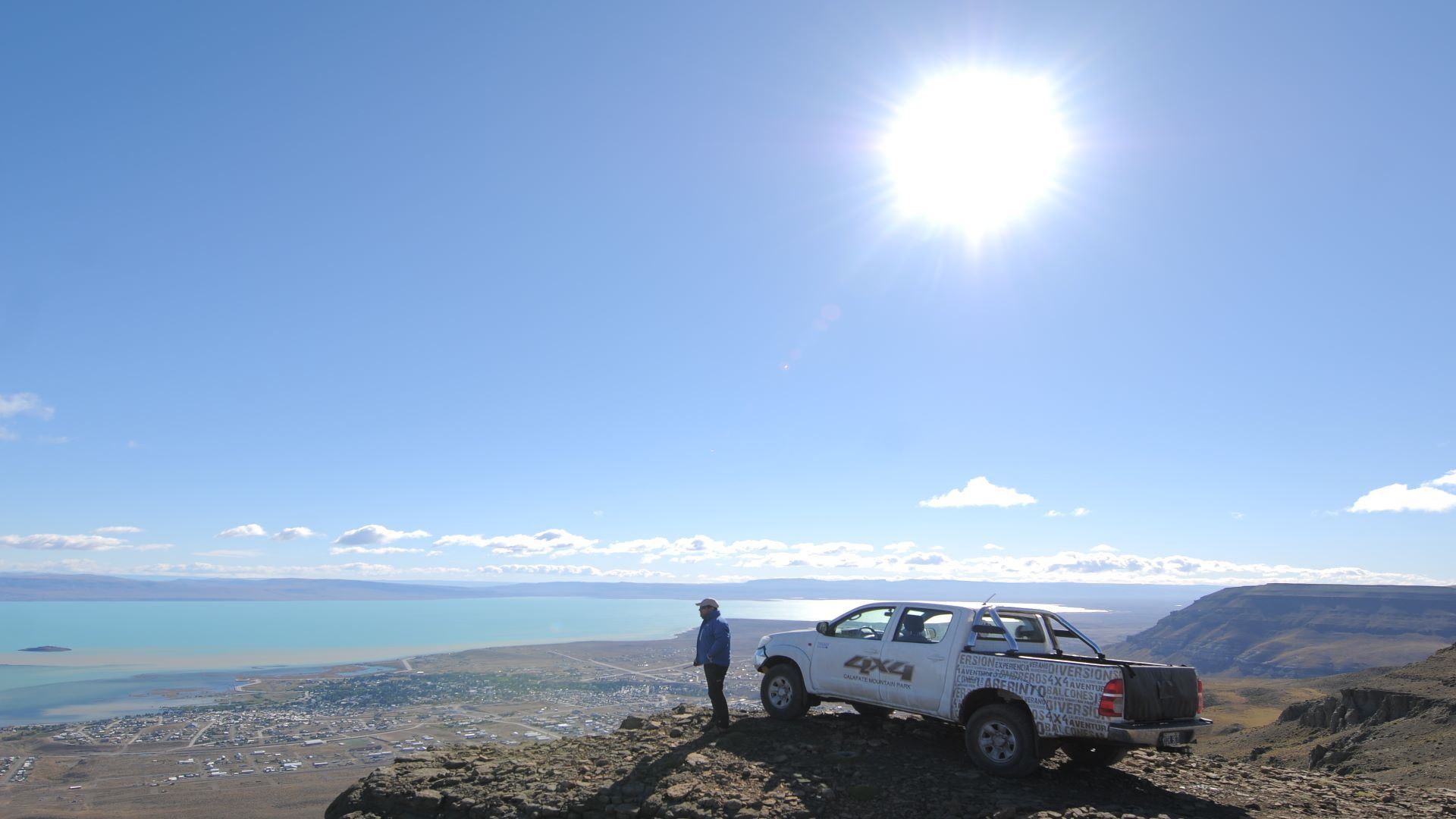
Cerro Frías
It is located only 25 kilometers from the city and can be accessed on foot, on horseback or in 4x4 trucks. As it is not part of the Andes Mountains, it allows you to appreciate panoramic views of Torres del Paine, Cerro Fitz Roy, Cordón de los Cristales, Brazo Rico, Brazo Norte, Lake Argentino, Boca del Diablo and the peninsula of Magallanes and Avellaneda. On the way to the hill, you will go through lenga forests and you can see the fauna and flora of the area.
If zip-lining is an activity that may interest you, the Cerro Frías is the longest in South America, you go down five lines of 500 meters. It is located in a canyon that gives you an unparalleled view of the Andes Mountains up to Torres del Paine.
Petifricated Forest La Leona (Bosque Petifricado La Leona)
110 kilometers from the city of El Calafate is the site of
the petrified forest La Leona. On this tour you will be able to immerse yourself in the past seeing prehistoric remains with more than 150 million years old. Throughout the walk you will find fossils of different dinosaurs and a large number of petrified logs, some with a diameter of 1.20 meters. They are testimony of ancient times where the climate was very different from the current one and allowed an abundant and large flora to subsist.
This property is protected from the wind by Cerro Los Hornos. Being in the steppe area it is very dry and the weather conditions in general are very pleasant.
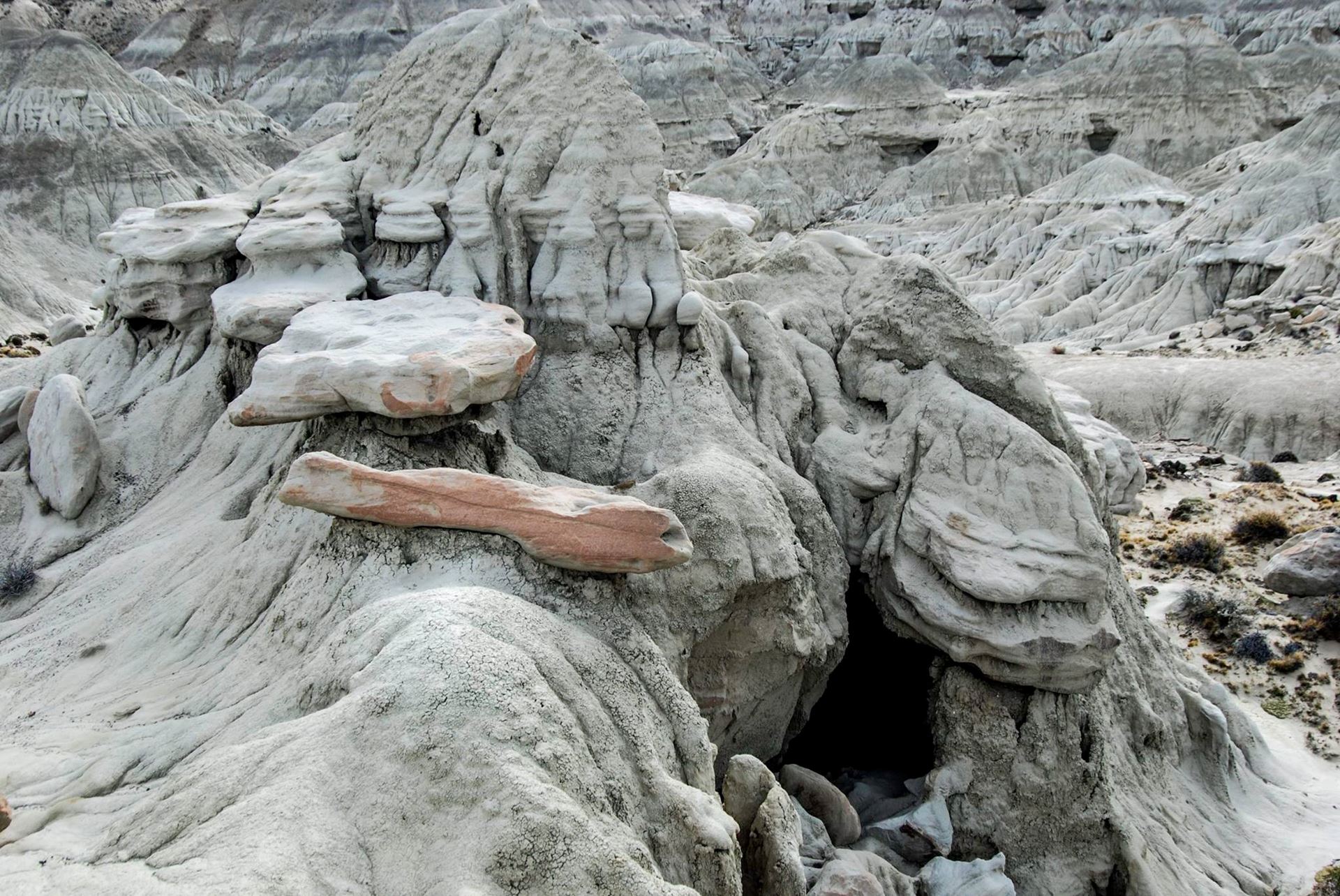
Walichu Caves (Cuevas Walichu)
The Walichu caves and Punta Bonita caves are a way of traveling through time.
They are located on the shores of Lake Argentino, 8 kilometers from the center of El Calafate. They are ideal for visiting with children.
It is an important archaeological site where the first cave paintings in the province were found. They are a journey through time with great archaeological value.
The art of these caves manages to show what conception of life these native peoples had and how they communicated with each other, in addition to the legacy they wanted to leave for later generations.
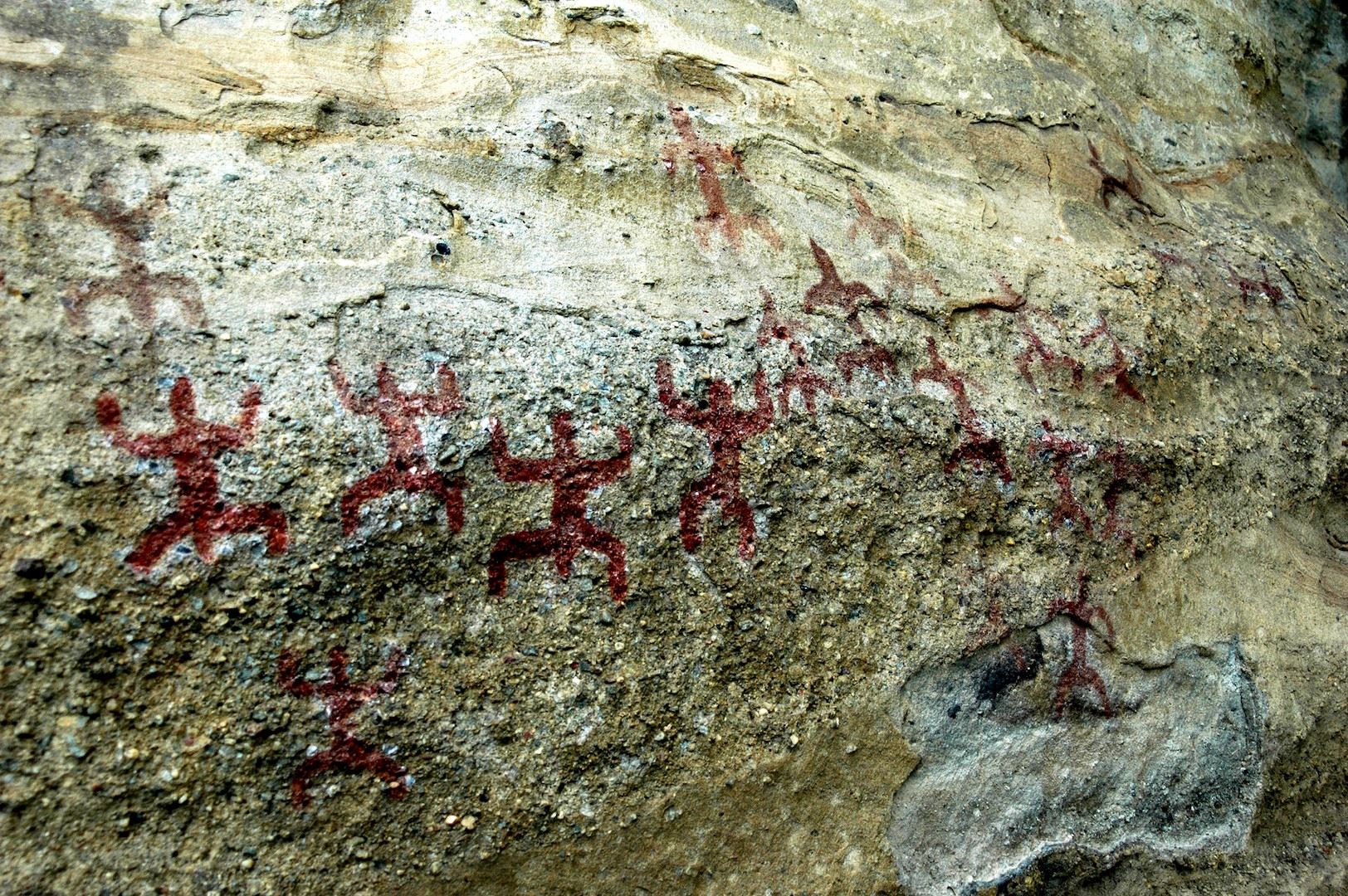
Another ideal excursion for nature and history lovers is the
Nativo Experience. The tour is carried out in 4x4 trucks between the cliffs and with views of the Andes Mountains, the excursion focuses on the first contacts of those expeditionaries with the native Tehuelches.
A field day at the estancia
Another excellent option is to do a field day in a ranch, these open their doors to show rural activities, such as herding of sheep with dogs and shearing. There are also other recreational proposals such as walks, horseback riding, bird watching and traditional meals. The most recommended is
Estancia Cristina, to get to it you navigate through
Lake Argentino to Punta Bandera, where a luxurious catamaran takes you to the estancia crossing icebergs, where you will be able to appreciate the Upsala glacier. Upon arrival at the ranch, you will have a talk about its history and will have a pleasant walk of approximately 30 minutes, where you will see the Caterina River and the Chapel, and then tour the historic center. Once the most important points of the Estancia are visited, you will enjoy free time to have lunch and continue to get to know the place.
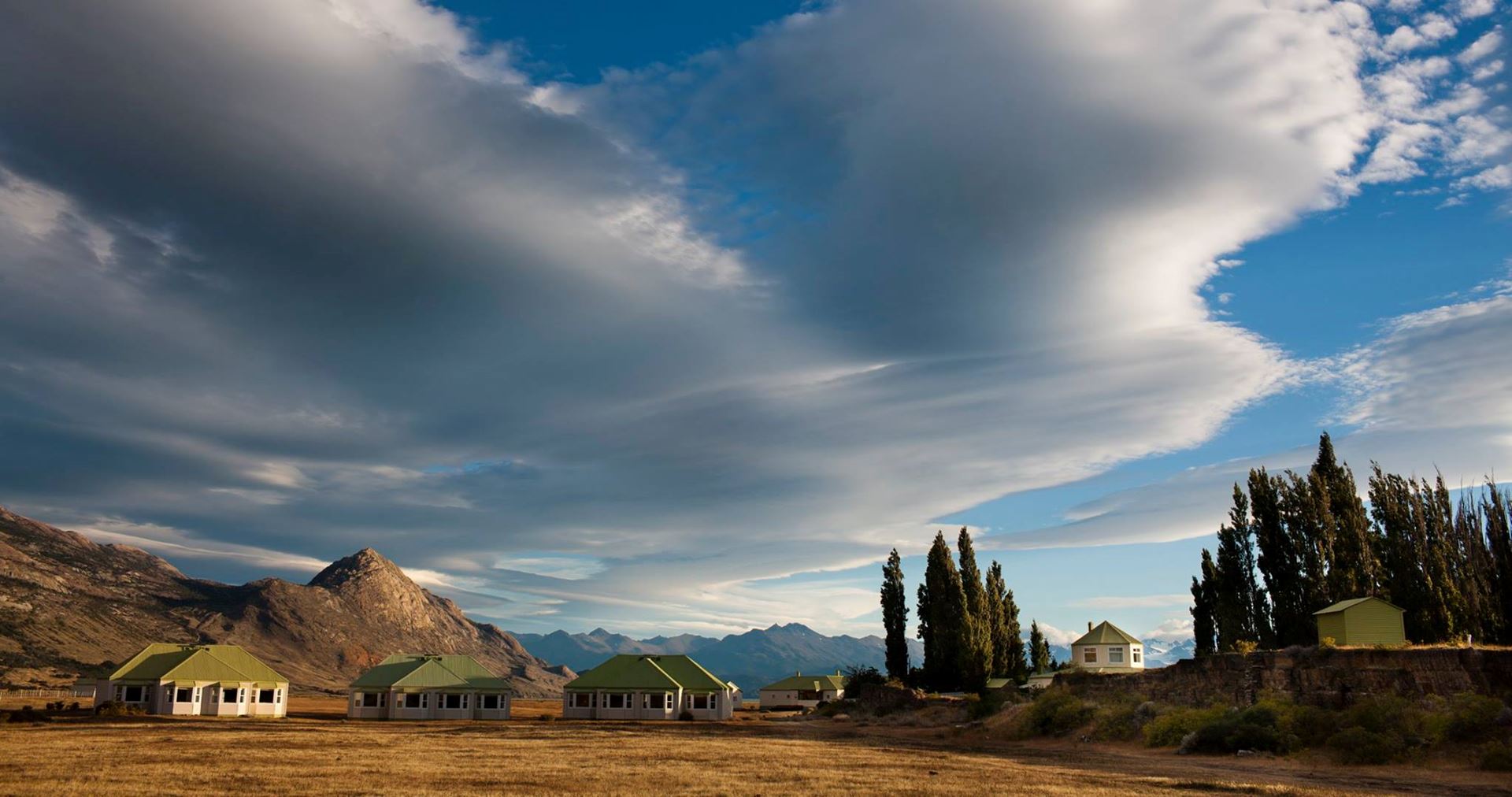
If what you are looking for is less hours in the field, another option is half a day at
Estancia Nibepo, it is reached through the “Camino de las Estancias” until entering Los Glaciares National Park. Once in the field you will be able to enjoy horseback riding touring the facilities that border Lake Argentino with views of the mountain range and eat a delicious lamb on the stick.

Going on a safari through the steppe and fauna of El Calafate is another excellent option. The tour begins in a 4x4 through the Huyliche and Calafate hills, reaching the private Estancia 25 de Mayo National Park, where you will take a walk to discover archaeological sites dating back to the ice age. Once immersed in the steppe, you can observe the different species that inhabit while the guides talk about them and their ways of life.
Hoya del Chingue
The Hoya del Chingue Snow Park is a winter fun center designed for families and beginners. It is located 11 kilometers south of El Calafate, you can easily travel by car through Provincial Route 15. The park has little vegetation and slopes that allow you to skate easily, it also has a beautiful view of Lake Argentino. The track has an extension of 3000 meters. It has two intermediate level slopes, one difficult and one extreme ski slope. The route from the base to the top is 1280 meters and they are connected by a state-of-the-art chairlift system. Among the services offered, there is a confectionery, and a ski school for the little ones.
Regional Museum of El Calafate (Museo Regional El Calafate)
While touring the city you can visit the Regional Museum of El Calafate: it keeps the history of El Calafate and the most significant moments of the region, such as the life of the first settlers and the various difficulties they had to face since the mid-19th century. This house museum is located on the main avenue of the city, Av. Libertador General San Martín, between Río Gallegos and Coronel Rosales streets.
Formerly the local Development Commission worked in the same place, which today is recycled so that visitors can observe from the archaeological material: boleadoras, carved stones, arrowheads and paleontological samples: fossils of different species that were found in the sector to the geological material, along with all the flora and fauna of the region. Outside the museum you will be able to find machinery and tools that were used in the twentieth century, there are also large carts that transported "white gold", as wool was called at that time.
There is also a historical display of very interesting photos about the different moments of the city, most of them were donated by the first inhabitants.
Glaciarium
It is the first modern ice museum in the country. The dynamics of the glaciers, their growth, conformation and the history of the Patagonian ice fields are explained. Research and discoveries on glaciers can be observed. It has different interactive rooms, it has an ecoshop and a cafeteria on Lake Argentino. A novelty is the film, The voice of the glacier (with 3D glasses) with incredible shots from drones of the great rupture of 2016. In a few minutes, the glacier tells its history and movements in the first person.
Inside the museum you can also visit the Glacio Bar. It is the only bar in the world that has its walls made of glacial ice, as well as the armchairs, tables, glasses and everything that surrounds you.
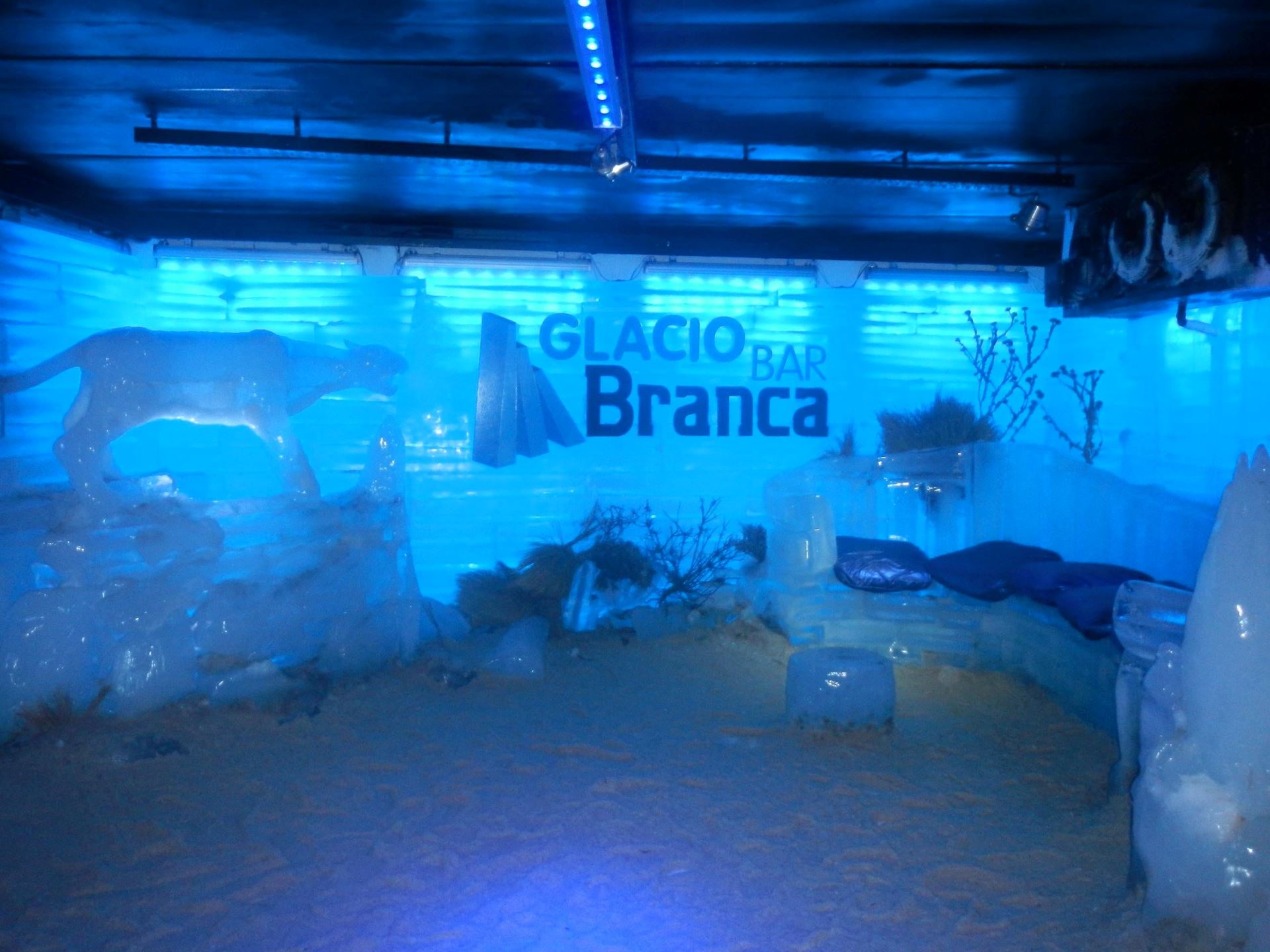
Walk along the Redonda Bay (Paseo de Bahía Redonda)
During your tour of the city you can visit the Redonda Bay waterfront, it is located a few meters from the commercial center of El Calafate. You will see the horses graze in front of the shore of Lake Argentino, the southernmost in Patagonia Argentina and also the third deepest in America. Several glaciers drain there, among which the Perito Moreno and Upsala stand out. There are kayak excursions, which depart from the northwest of the city and have incredible panoramic views of the city with landscapes of the mountain range and the lake.
Calafate Interpretation Center (Centro de Interpretación El Calafate)
It is one of the most interesting museums to visit in El Calafate. It has four rooms, a review of the history of Patagonia covering 100 million years. It has skeletons of dinosaurs and mega mammals unique to the area.
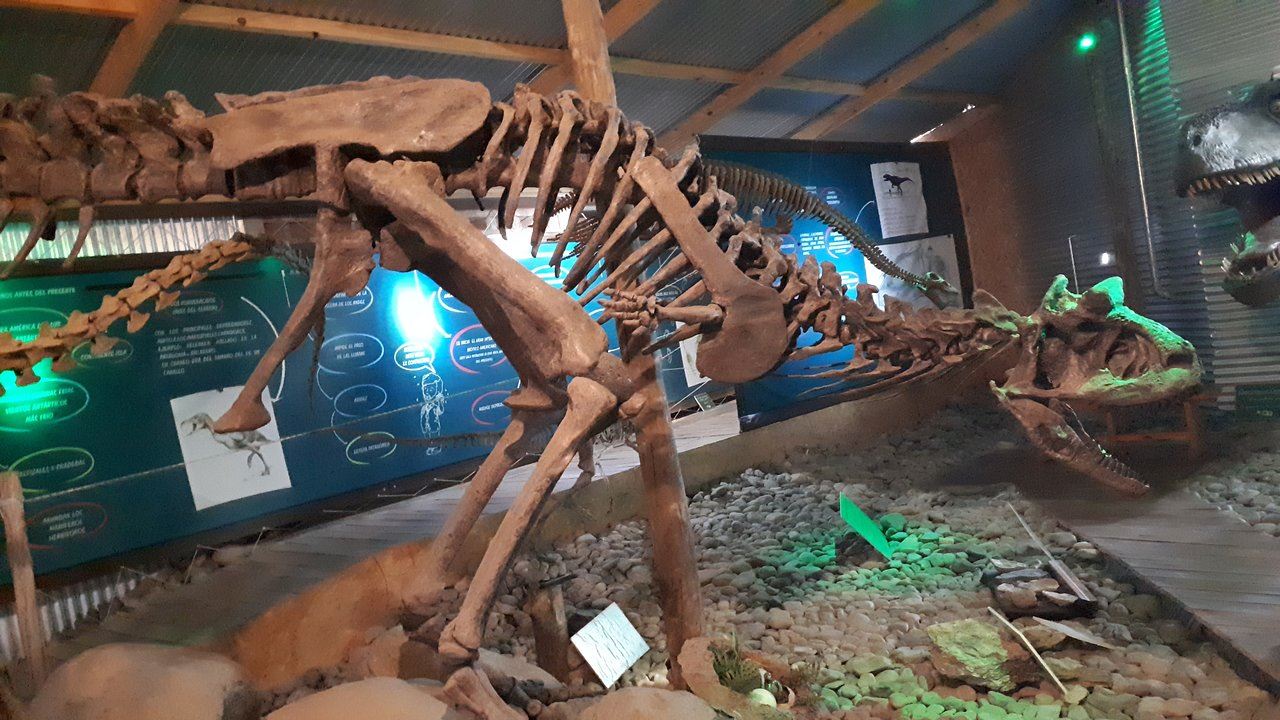
The idea of the museum is to propose to the visitor a journey through time aided by panels written in Spanish and English, plates with drawings and photographs, billboards, exhibition of objects, utensils and replicas of elements. In addition, the sound stories that accompany the itinerary. Those who visit the museum can learn about glacial processes, mega fauna and rock art. You will also see everything about the Tehuelche culture and the first encounters with the colonizers, which is another of the points that stand out the most, along with the importance of sheep production and large estancias.
Pioneers Square (Plaza de los Pioneros)
This park was created in homage to the pioneers of the city. It is located a few meters from the center of El Calafate on Avenida del Libertador 599, it is worth visiting it to see the views of the city from its viewpoints. There are also different games for the boys. It is a square that local people use to have picnics and enjoy the outdoors, since it is sheltered from the wind.
Toy Museum (Museo del Juguete)
In this exotic museum you will not only find collections of toys but also advertisements, movie posters, vintage curios, photographs, warehouse items, books and school supplies. The Toy Museum's collection has more than 15,000 pieces on display and spans a hundred years of history, from 1870 to 1970. Everything you see will take you back to childhood. It is located at Av. Del Libertador 975 and can be visited from Monday to Sunday all day.
Native Foods
When we talk about the local food of El Calafate, you cannot miss the Lamb, but trout, salmon and deer are also characteristic of the area. Obviously the Patagonian lamb is the most requested dish and although it can be eaten in different ways, you cannot leave without trying it “on the grill”. Other popular dishes are seafood and spider crab empanadas.
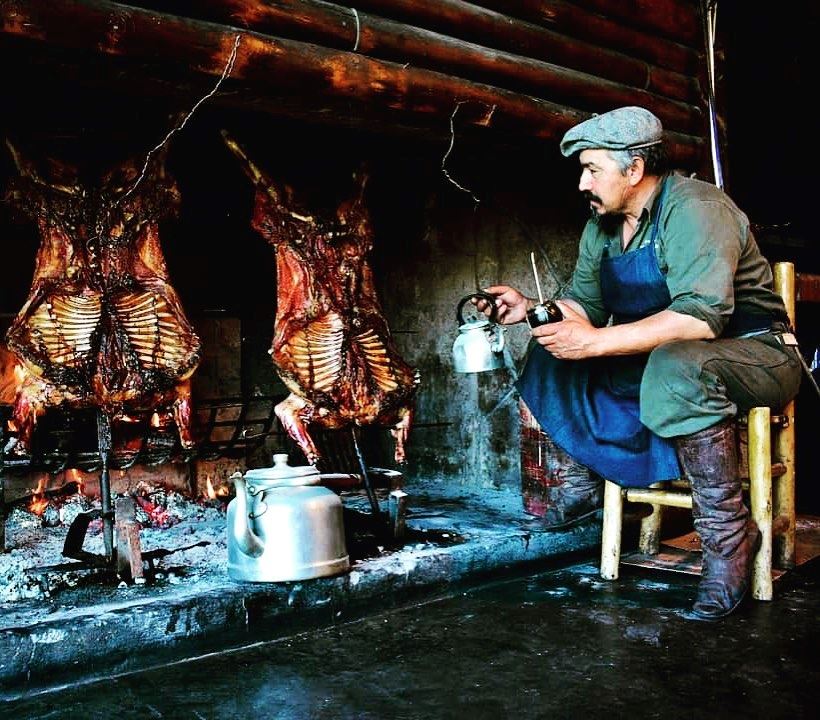
While on the sweet side, there is the typical fruit for which the city bears its name, called Calafate. It is a blackish blue berry 1 centimeter in diameter, it is native to the south and a symbol of Patagonia, where according to legend, those who taste it always return to this region. It is used a lot to make jams or fillings for alfajores and cakes. It can also be consumed fresh, since they have important antioxidant and nutritional properties.
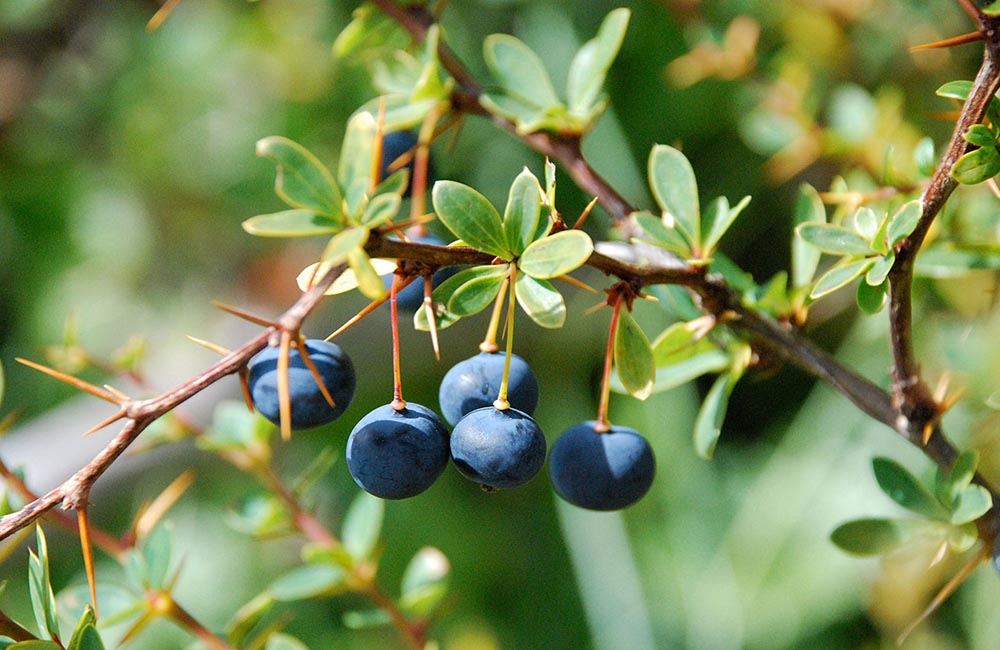
Continuing with the sweet, this city like other Patagonian regions is characterized by its delicious chocolates, fruits and ice cream.
Artisan Walk (Paseo de los Artesanos)
When it comes to taking home a memory of this beautiful city, the Paseo de los Artesanos is an excellent option to find a 100% local product. It is located at Avenida del Libertador 1120. You will find fabrics and ponchos made of pure sheep's wool, hand-spun and loom-woven. There are also beautiful prints with Mapuche, Tehuelche and Northwest Argentinean motifs.
Artisans specializing in cold ceramics and porcelain display impeccable sculptures. Another very frequent handicraft on the walk is articles made with stones. Pendants, earrings, bracelets, key chains, charms and decorative elements. Some of the stones most worked by Calafate artisans are rhodochrosite, onyx, lapis lazuli, fluorite, tiger's eye, coral, malachite, Andean opal and amethyst.
There are also stalls of native wood sculptures, liquors, and calafate sweets. During the tour you cannot miss the different native flavors in the different gastronomic places.
If you want to know more about excursions, accommodation and all the information about El Calafate
contact us